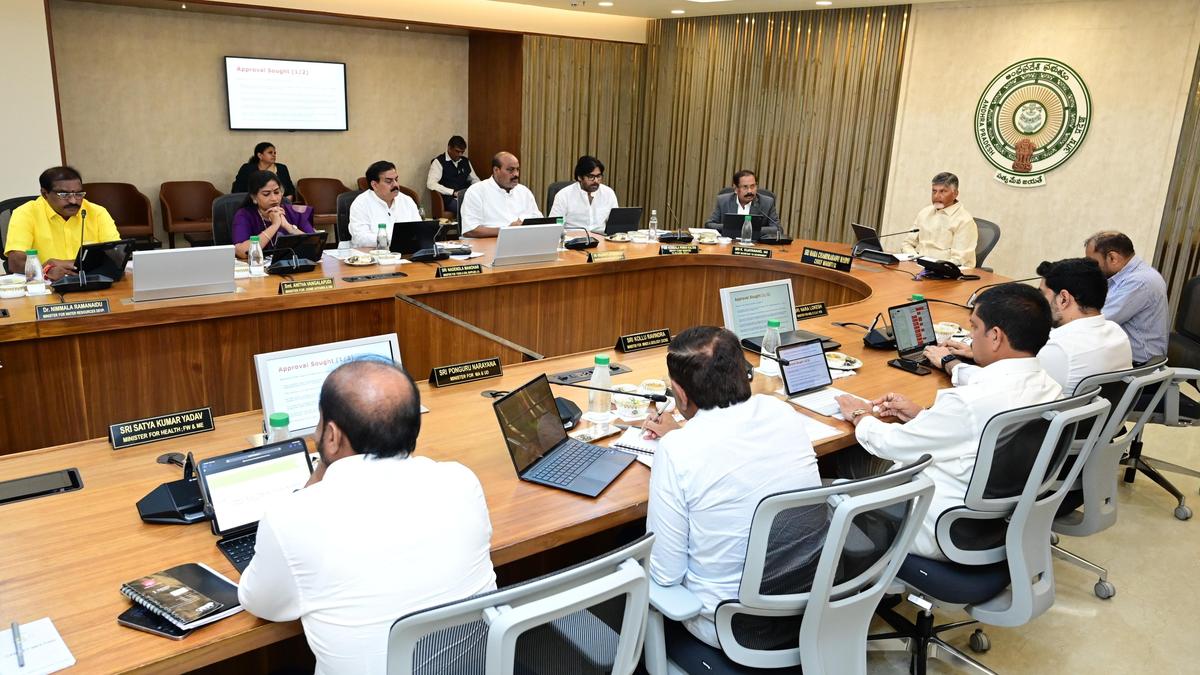ARTICLE AD BOX
Dharali in the Uttarkashi district of Uttarakhand, the ground zero of the flash flood and debris avalanche Tuesday, is located in the fragile Bhagirathi eco-sensitive zone (ESZ), and experts believe that unregulated activities, like construction on river floodplains, could have contributed to making the disaster more severe. Over 60 people are reported to be missing in the flash floods in Uttarkashi as the rescue operations entered the second day Wednesday.
The Bhagirathi Eco-Sensitive Zone is a 4,157 sq km expanse between Gangotri and Uttarkashi town, and it was notified in 2012 to protect the Ganga river’s ecology and watershed near its origin. The Bhagirathi river is one of the main headstreams of the Ganga. It joins with the Alaknanda river in Devprayag to form the Ganga river.
The ESZ tag provides the region with a safety net against unregulated development. However, the region has been in the spotlight due to the construction of the Centre’s flagship Char Dham all-weather highway project, which faced legal challenges due to ecological threats, and was cleared by the Supreme Court.
Members of the BSEZ monitoring committee routinely flag issues of unregulated development, two members told The Indian Express.
Mallika Bhanot, a member of the Bhagirathi ESZ monitoring committee from Ganga Ahvaan, a non-profit organisation, said, “This is a natural event turned into a disaster which is due to man-made reasons. Unregulated construction along the sides of small tributaries and rivers leads to devastation downstream. If BESZ Notification is implemented effectively, then construction along flood plains will be regulated and disasters can be prevented in case of these natural events.”
Last year, Bhanot and other independent members of the ESZ monitoring committee flagged the construction of a helipad in Jhala village of Uttarkashi. They had also flagged “illegal structures” in Maneri, Jamak, near Uttarkashi town, along the banks of Ganga, which are “multi-storey” hotel buildings. These structures violate the ESZ norms and compromise the safety of the region, they said.
There have also been issues with the stretch of the Char Dham project passing through this area. One of the key sticking points on Char Dham was the stand of the Border Roads Organisation that is executing the project that the road widening on the Gangotri stretch did not require a separate Environmental Impact Assessment (EIA). The monitoring committee members had cautioned that, in light of the Silkyara tunnel episode in 2023, disregarding precautionary aspects and laws in place was “totally unacceptable”.
Story continues below this ad
The Ministry of Road Transport and Highways and Border Roads Organisation has taken up widening of the Dharasu-Gangotri stretch, and Dharali falls on this route.
Over the past year, several citizen groups in Uttarkashi have opposed the proposed construction of a bypass between Hina and Tekhla on NH-34, which is located south of Dharali. People even wrote to a Supreme Court-appointed committee, opposing the plan to fell 6,000 Deodar trees for the bypass.
Ravi Chopra, who headed a Supreme Court-appointed high-powered committee which appraised the Char Dham project in-depth, told The Indian Express, “On the stretch from Dharasu to Gangotri, the headquarters of Bhatwari block is located. The slope here has been sliding away over a period of time, and scientists have studied and published papers on this. We had said the road widening was not recommended and advised (the authorities) not to touch it.”
“The route to Harsil is narrow and composed of igneous rock, making it extremely dangerous. Rather than widen it, we suggested that the rock be shaped in the form of a half-tunnel. We imposed a lot of strict conditions on the widening – we recommended not to widen it at all– and if insisted, it should be under strict conditions,” Chopra said.
Story continues below this ad
Cause of Uttarkashi flash floods not cler as of now, say experts
The Dharali disaster is suspected to have been triggered by heavy rain in an area which is already prone to unstable slopes and thus landslides.
In fact, as per a bulletin of the Central Water Commission’s Himalayan Ganga Division, three different spots – Dharali, an area near Sukhi top (between Harshil and Gangnani), and the area near Harshil Army camp witnessed rain-triggered floods and debris flow. The India Meteorological Department’s (IMD) data, though, shows that neither Uttarkashi nor the surrounding districts received anomalous extreme rain, with maximum rainfall of 43 mm recorded at Sankri Tuesday.
Explaining the process behind debris and mud slides, Dipali Jindal, senior consultant, landslides, National Disaster Management Authority, said, “From the videos, it looks like a mudslide, a type of landslide which involves rapid flow of mud, debris. The cause of the failure is not clear as of now. But it could have been triggered by a cloudburst-type event in areas above the disaster spot, in the catchment of the Kheer Ganga river, or perhaps a glacial lake outburst flood. However, this will be confirmed only after an investigation.”
Story continues below this ad
She added, “Prolonged rainfall may have caused saturation of the topsoil. This may have reduced the internal friction and cohesion between soil particles. As soon as cohesion weakens, the slope becomes unstable.”
IMD Director General Mrutyunjay Mohapatra said, “It has been raining heavily in Uttarakhand and many other states for the past three days. When an incident like this occurs, it could be because of sustained, accumulated rain, too.”



.png)
.png)
.png)
























 English (US) ·
English (US) ·